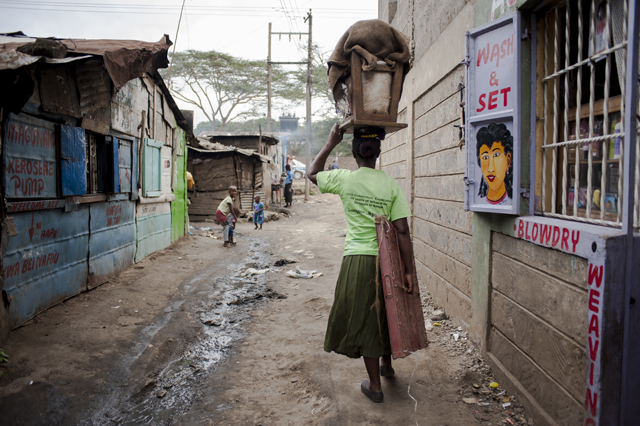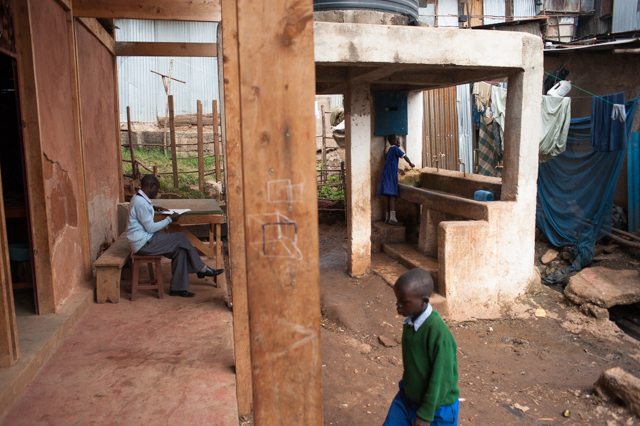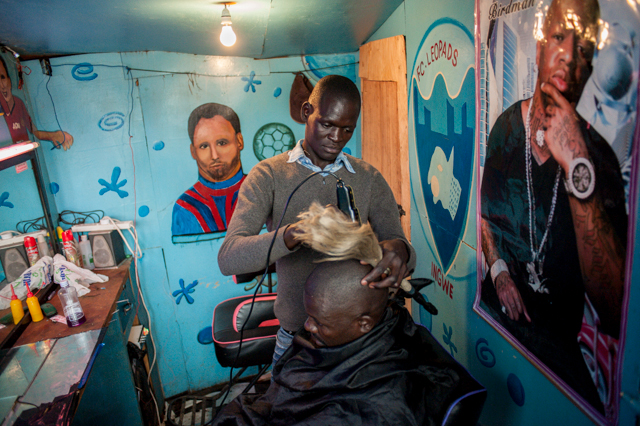What would happen
Lately, I ask myself more and more often, what would happen to my soul if I could spend three months of my life just wandering in search of photos.
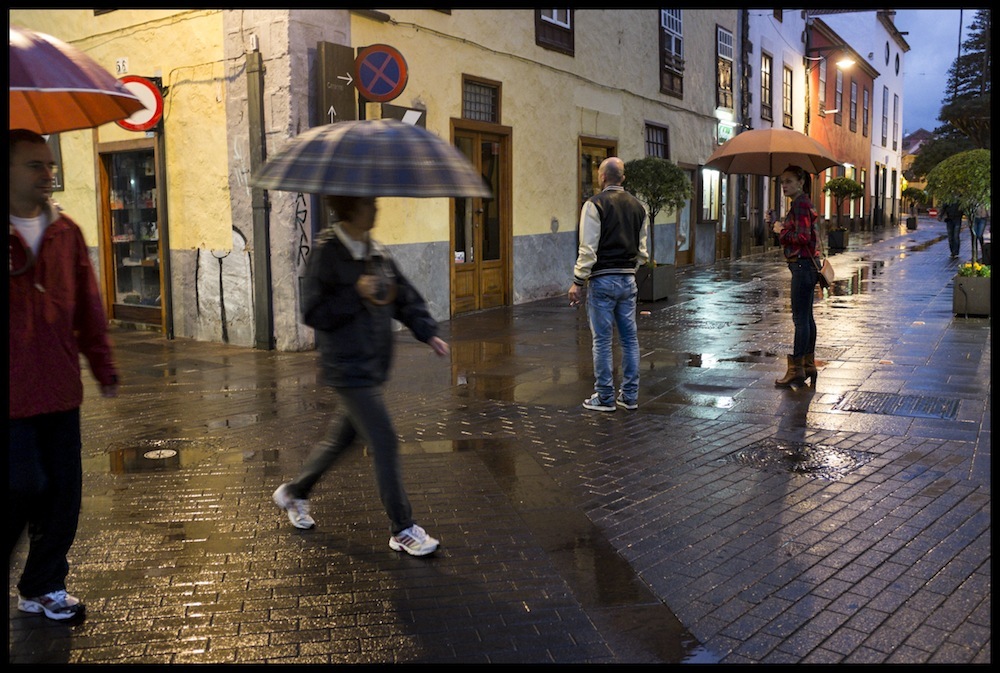
Who do we take the pictures for?
Lately, I cannot help it but to think that, in this hyper connected world, we are loosing the target, the goal, the reasons for what we do.
Think about this… Who do we, photographers, take the pictures for? Is it just for us, for our Facebook friends, for our egos, for money or perhaps, in the sake of art?
I feel it is very important to answer this question honestly because, somehow, the reasons behind the photos we take, tend to show in them.
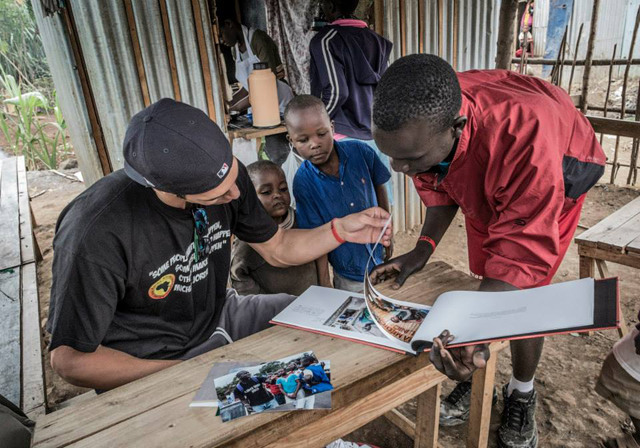
I have no doubt that I take the pictures for myself, as a way of discovering the world around me and, in the process, getting to know myself better. But recently, while in that process, I discovered something else: I also take pictures for the people who, one way or another, are the main characters of the story; the people for whom the topic I am working on is an integral part of their life.
This answer started to build up a short back when, in the middle of my efforts to promote my most recent work “Basketball is Life”, a friend of mine, with a much more marketing kind of mind than me, said: “It’s good that you want your work to be seen during the coming Basketball World Cup but, bear in mind that your main goal is not to show it to the basketball community but to the photography people out there so that, perhaps in the future, they might hire you for some more work.” It got me thinking. A lot. There is nothing wrong with that argument, right? If I want to work as a photographer, I need to be noticed by the people who hire photographers. Right, yes, let’s focus on that then.
It turned out to be impossible. As perfect as that argument might sound, the truth is that, after months of going through these thoughts over and over again, I have not been able to silence my obsessive desire to show this work to the basketball people, to all those who have ever felt about the sport anywhere close to the way I felt about it in my youth.
So there you go, I take pictures for me and for them, for all of us who share a deep emotion. And I guess that’s the reason why it makes me so extremely happy to see them posing, proud, with my work in their hands. They are the ones who can really appreciate what BASKETBALL IS LIFE is all about.

The almost impossibles
There are things in life that one sees so far away that hardly ever believes they could happen. For me, only four years ago, the MA in Photojournalism and Documentary Photography by the London College of Communication felt like that: an almost impossible.
In time, it turned out not only not to be impossible but, in fact, quite easy. Don’t misunderstand that easy though… it was really hard work, at times exhausting, but so exciting and challenging that life went easy, fast, interesting… it flowed, I flowed!
Now, seven months after I graduated, and missing the harsh deadlines that work to challenge me, I am feeling a bit lost and desperate about not quite finding the right road, but also, surprisingly, recognising the feeling of new almost impossible dreams slowly building up in my head.
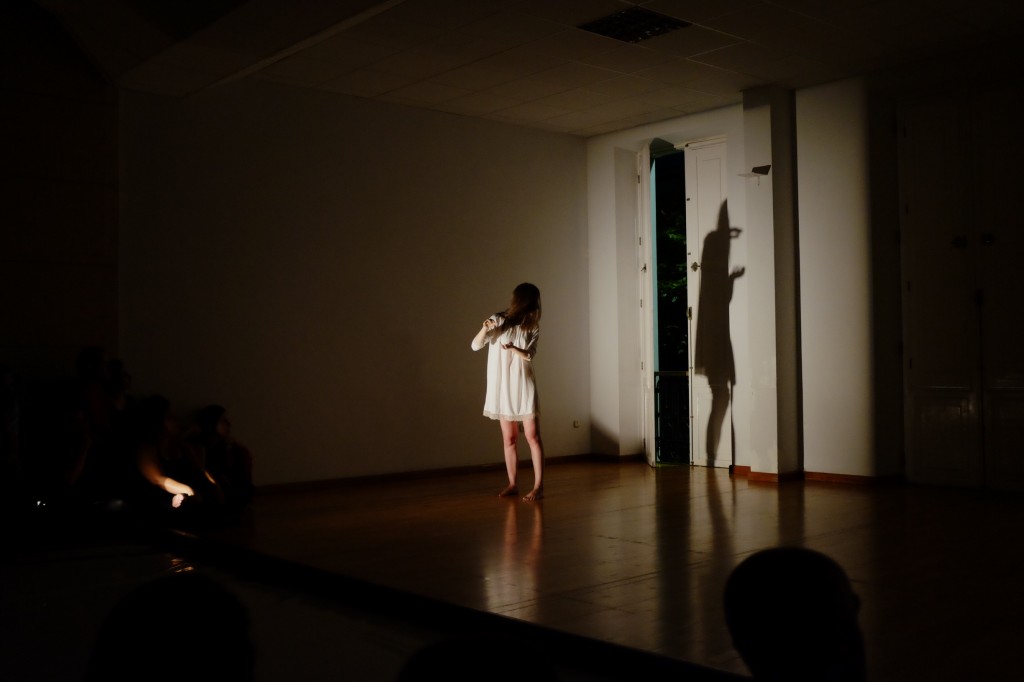
I guess it’s time to start working hard towards those impossibles until, one day, they become a… here it is, nicely done!
While on my way there, I’ve realised that, for some reason, I have not been allowing myself to take pictures of my daily life (Why? Because that’s not part of a larger, interesting, photography project), nor letting myself write about whatever calls my attention, just as I used to (Why?, because that’s not part of a larger, interesting, photography project). But why if the self imposed conditions are only strangling my desire to create?
Well, how about not restricting myself from anything for a change? After all, whatever I feel, whatever I read, whatever I write, whatever I photograph… are the building blocks of who I am and, thinking about it, that ought to be the only and most important project in life: living as close as possible to who you are and, if possible, always confronting your own ’almost impossibles’.
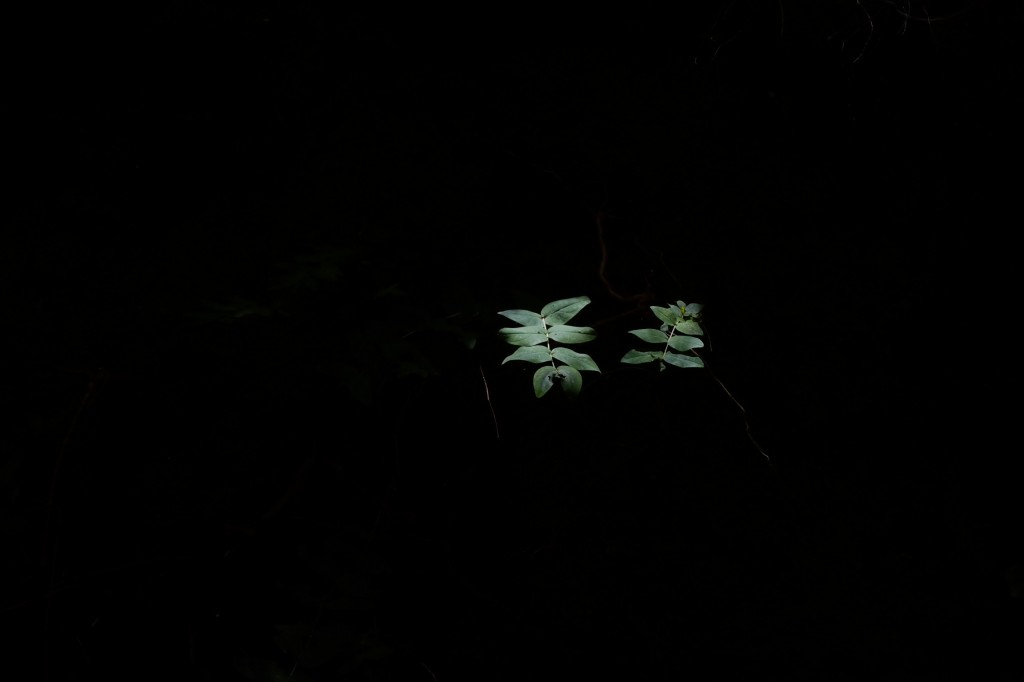
Where We Stand – The Final Show
The MA came to and end with this collective exhibition at the LCC. It was an honor to share studies and exhibition with this group of people. It was great to be able to finally meet them in person after two years of online talking.
Where We Stand by Max Houghton
Where do you stand on immigration? Scottish independence? Russia in Crimea? Our opinion-hungry world demands fast answers, but such important questions, and others like them, demand steadier and more sustained thinking.
Working out where we stand is always relational, which is what makes photography such a potent vehicle for investigation. It is rarely a photograph alone that is compelling, but its relation to its subject and to its audience, to time and to place. In order to know where we stand, we need to know the whereabouts of others too. We need to listen attentively, see clearly. To take it further, we need to smell the air, taste the food, touch the earth ‘over there.’
In this sense, twenty-one photographers and filmmakers from 13 countries, share the unified perspective implied by the title of their MA graduation exhibition. Taking their personal experience as a starting point, they seek to understand the convulsions of the world and its peoples. Much of the work is a study of transition, aptly via both still and moving image. Many of the people pictured are caught between states, homes, or cultures. The other connective thread is a very strong attachment to a sense of place – the ‘where’ of the title is duly prominent. We are vividly transported to Mexico, Brazil, the Caucasus, as well as to the landscapes of Metroland, Touristville and the country of the past. Our relationship to the land, our earthliness, endures.
Often, where we stand is neither here, nor there, but somewhere inbetween, in the interstices. Photography, never a wholly comfortable medium, inhabits this space usefully.
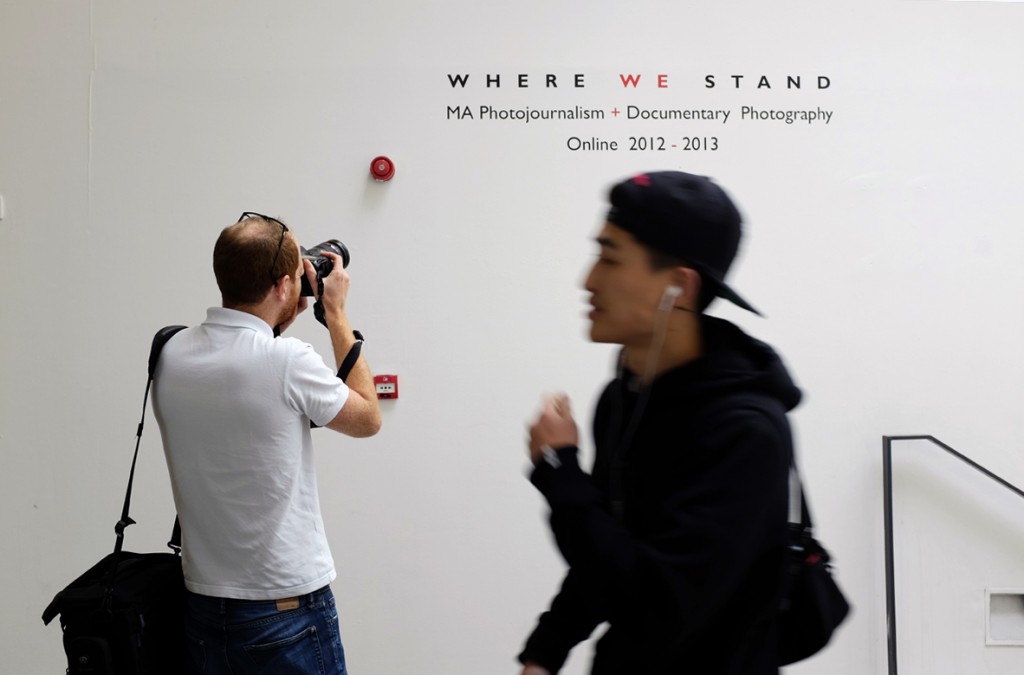
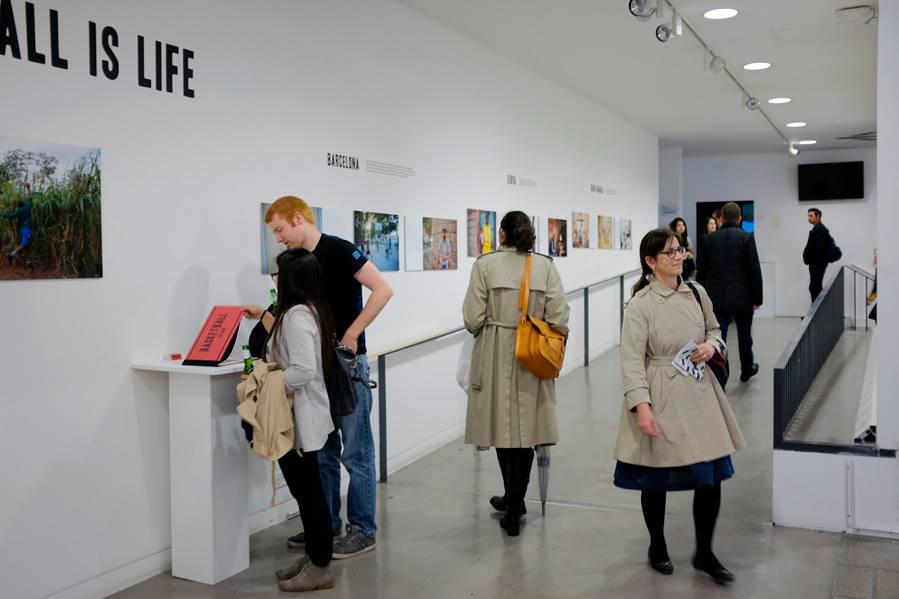
Paper Today, solo exhibition
My First solo exhibition showing the work Paper Today. Some pictures of the night the newspaper was printed.
PAPER TODAY
an exhibition by RosaVerde
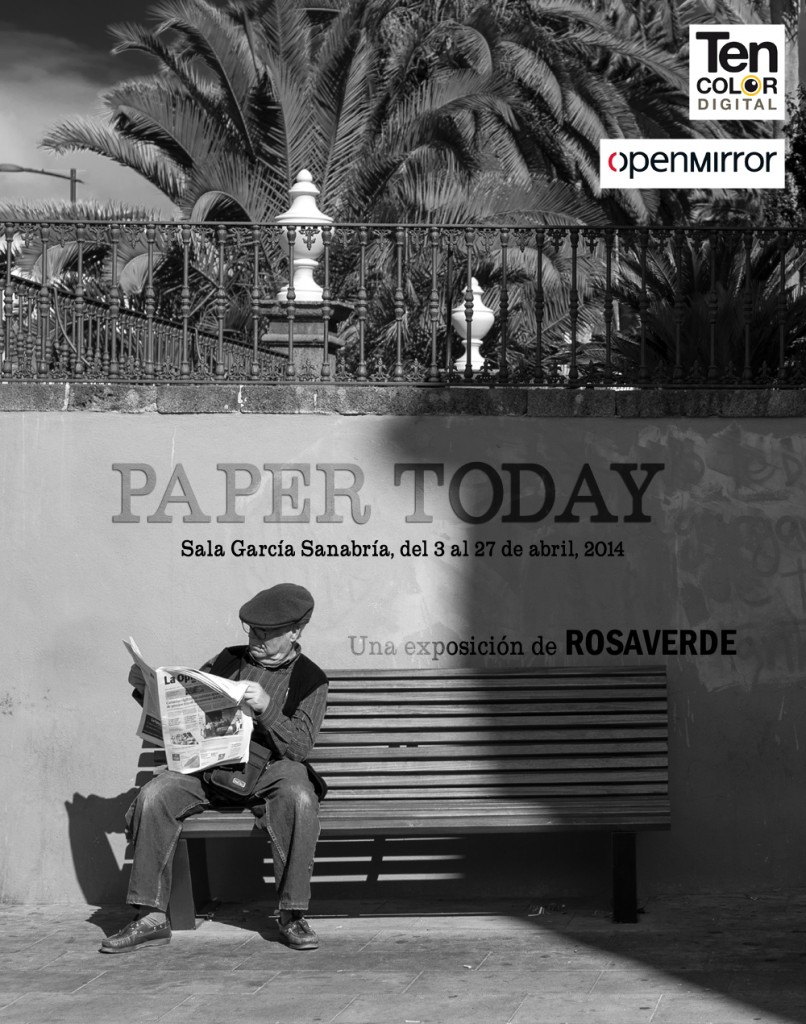
Los seres humanos solemos dar por hecho muchas rutinas de nuestra vida diaria. Entre ellas, una compartida por muchas personas en muchos lugares del mundo: encontrar el periódico cada mañana en el quiosco o en la barra del bar.
Se trata de una de esas realidades, casi diríamos que inmutable, perfectamente arraigada en nuestra cotidianidad. Pero, ¿qué ha de ocurrir cada noche para que esa realidad sea posible?
La fotógrafa Rosa Verde, con su meta periódico Paper Today, nos enseña en esta exposición fotográfica, los entresijos de la impresión y del reparto de una media de 100.000 ejemplares diarios de periódicos en Tenerife.
Pero… ¿se trata realmente de una realidad inmutable? ¿O quizá, enfrentados a la nueva realidad de internet, estemos llegando al fin de este patrimonio social y cultural? Valga este trabajo para, por si acaso, guardar memoria del proceso centenario que se esconde tras el periódico que mágicamente aparece cada mañana en el quiosco.
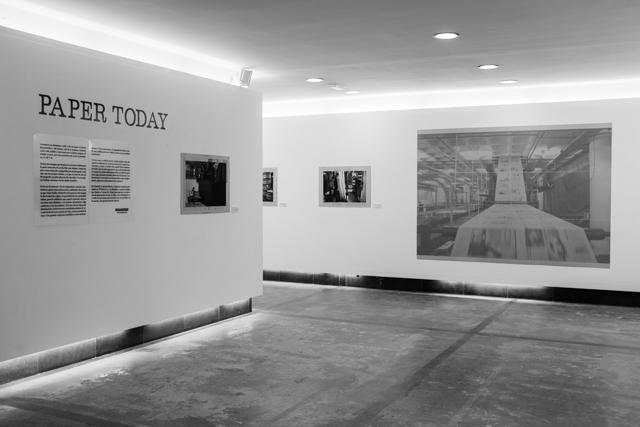
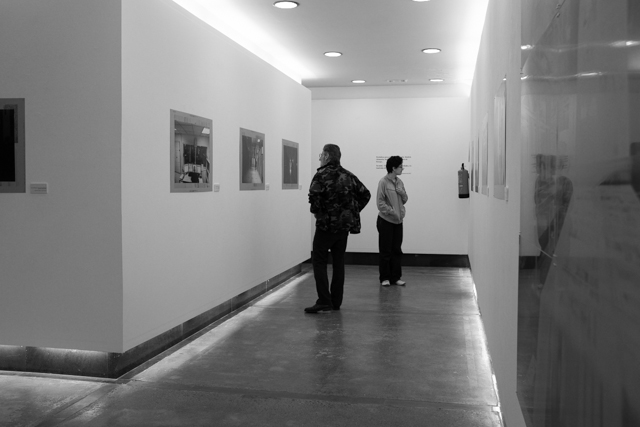
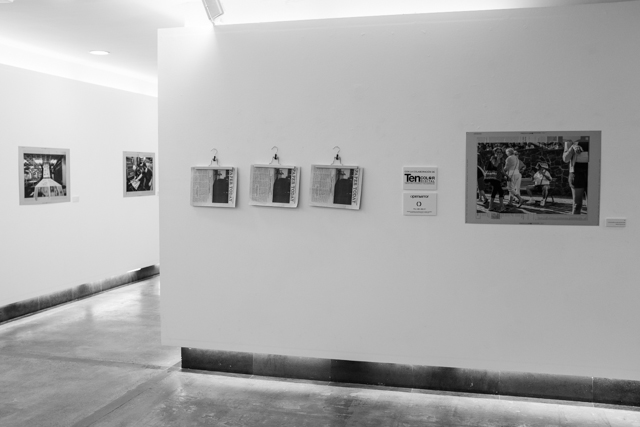
Mathare
My first few days in Mathare were a mixed of rejection, disbelieve and skepticism. I was not prepared for what I was to see. Nothing I had read, seen or heard, absolutely nothing, had or could had ever got me ready for such disheartening reality.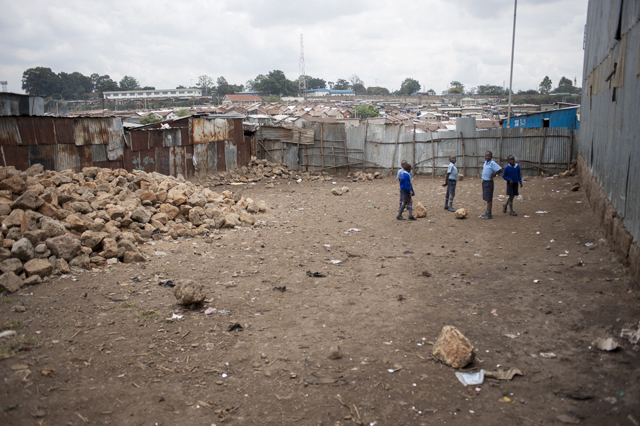 I could not believe what my own senses were showing me. And, if I could not believe it, how on earth had I ever dare to think that I could explain it to other people. I certainly didn’t feel my photography, nor my writing, could ever make other people believe what I had to tell them.
I could not believe what my own senses were showing me. And, if I could not believe it, how on earth had I ever dare to think that I could explain it to other people. I certainly didn’t feel my photography, nor my writing, could ever make other people believe what I had to tell them.
(…) The Mathare slum in Nairobi -‐one of the largest and poorest slums in Africa, with a population of about 500.000 people living in an area of two kilometres by 300 metres. It is a maze of low, rusted iron sheeting roofs with mud walls. Housing is wholly inadequate, with more houses measuring about eight feet by six feet and holding up to ten people. Few houses have running water, open gutters of sewage run throughout, the road infrastructure is extremely poor, refuse and litter dominate the area and the local authority provides few services.
(Coalter, 2013, p. 1)
In my walks up and down, in the middle of such chaos, photography was far from being the first thought in my mind. I could only focus on wondering about the real need for NGOs or any other form of external help; I exhorted myself to find a reason to bring basketball to these kids. Basketball will not change their society, it will not change their lives, so what can it do for them? -‐ I would repeat myself once and again, all day long, up to exhaustion. And photography? Can it really do something for them or is it just the photographers egos which get satisfied?
Harsh questions for a photographer to ask oneself while trying to justify, with photos, her presence there.
“Perhaps it was a failure of my imagination, but I was unable to understand how participation in such [sport] programmes would lead to what is so casually and loosely termed ’development’”.
(Coalter, 2013, p. 2)
Needless to say that I got blocked trying to find a justification to taking the pictures that would tell the story I didn’t really want to tell. It took me days to realise that, if I was to take any pictures at all, I would have to give up on my expectations and settle for images that perhaps would tell the single story, but that, in the end, it was a single story that existed and, as a matter of fact, it was the reality I was immersed in.
In this struggle to go over my self imposed boundaries I constantly forced myself not to think of the society as a whole but of every single person I was meeting along the way. Still, loaded as I was with a heavy emotional burden, I didn’t feel confident that I could be 100% fair to their stories. It was at that point that I decided to ask the people to write down their thoughts about their reasons to practice basketball. I followed them around in their daily routines, we shared our lives, thoughts, fears and believes; and, little by little, I got to see beyond the place…
Seventeen days later I was back home from Kenya with a bunch of nice photos I was not prepare to show, simply because I felt that, for them to mean something, I would have to make up a story about a reality I didn’t quite understand.
The Kenyan landscape: a letter to Julian
‘“If I ever write something about this all, it will only be descriptions of landscapes
until I get to know some truth about it.”
It was a good way to escape the bitter realities.’
(Reverte, J. (1996) El sueño de África.)
On my return from Africa, my whole body was reluctant to write about what I saw there. There were too many things I did not understand and writing about what you do not understand, always carries a high risk of falling into topics, of being very unfair to the place, its history and its people.
But days were passing by and, as I did not have any memories of landscapes to describe, but a collections pictures to show, I was left with only two options: ignored them all, absolute silence around then, I saw nothing I felt nothing; or, otherwise, dump on words all my doubts and anxieties in the hope that someone wiser than me, one day, will manage to undo the mess that Africa represents in my head.
I know that the reader now is probably imagining extreme poverty, flies, starving kids hanging from their empty mother’s breasts… It happens that, although that reality exists, it is not what generated in me the most difficulties to rationalise and interpret a reality so alien to me.
Towards the end of the trip, one day, Julian, a kenyan working for Karibu Africa, asked me to tell him three good things and three bad things about what I had seen in Kenya. The bad ones came to my mind very easily: extreme pollution, rubbish everywhere, huge social and economic disparity, corruption at all levels…
The good ones… I didn’t find the courage to tell Julian that I hardly saw anything positive, not about my experience there, that certainly was, still is, a great life learning experience, but about the everyday life in which I was suddenly immersed. I said ‘people is the best’ and I firmly believed that, otherwise I would not had felt so incredibly welcomed and accepted, but it also happened that I felt, and very deeply, that it is impossible not to be seen as mzungu and that, when being a mzungu means being not so much a person but as a source of money, the human relations become a game of suspicions.
I understand that is not easy to stop looking at mzungus as a source of money when the slum is full of white’s NGOs which, with more or less success, try to help improve, with money, always money, that complicated world; when even we spent half an hour giving away very expensive presents; when what we pay for two nights at the hotel it’s already more than what the lady who cleans those same rooms gets a month… I know it’s not easy to ignore the money, especially when you don’t have it but then… how do we do to look at each other just as human beings, straight to the eyes, in the midst of all these contradictions and injustices?
Who you are
‘My friend Ernesto Bazan and I were having lunch a couple of weeks ago and he asked me what my last book was about. I said, me of course. He laughed knowing exactly what I meant.’
David Carol’s Facebook; 16 August 2013
When one starts in photography, many people tells you that you need to put your heart into your work, that you need to find your own voice, your style… Bullshit for those like me always in desperate need of immediate answers. I would get mad at anyone saying ’you have to find your style’ simply because no one ever dared to explain to me the formulae to reach such goal.
At that time, I would look at my pictures and all I could think of was that they were showing nothing but the obvious absence of feelings, stories without a soul: facts to be forgotten.
Now, not sure how many years later, I am finally starting to sense where that style they talk about might be. Time goes by and, if your passion doesn’t die along the way, you suddenly become aware of certain patterns in your thoughts, in your behaviour and, eventually, in your pictures too.
There it is, that‘s why no one can rush you into it. It comes at your own pace, at your own understanding of life. But it turns out that, when it happens, a whole new world opens up: your pictures no longer seem to talk about what you see or where you are but more about who you are. It’s a slow process, of course, it doesn’t happen all of a sudden and, I imagine, one keeps going back and forth at every attempt to be honest at oneself. I also suspect that, the more you keep working at it, the more pictures you take, the closer you get to your uniqueness as a human being: your heart.
As for me, one day, looking back through my archive of photographs, I found a recurring topic… one that feels really close to my heart.
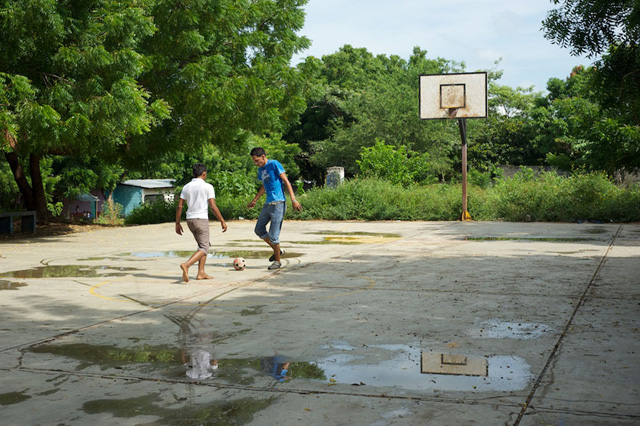
 A collection of 32 personal stories around basketball
A collection of 32 personal stories around basketball